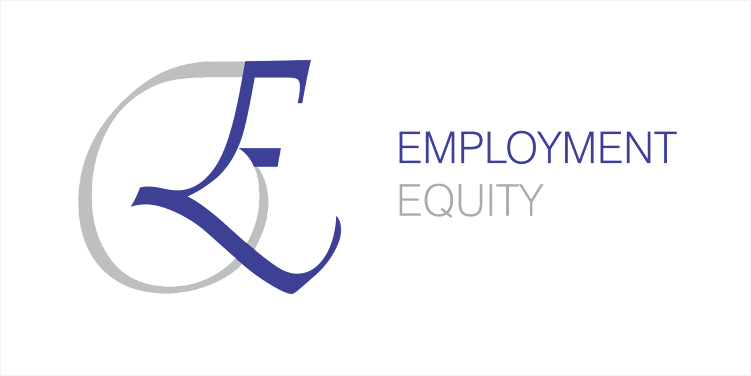In South Africa, employment equity carries a profound and specific meaning. It's not merely about equal opportunities; it's a proactive commitment to redress past historical imbalances. The Employment Equity Act of South Africa was enacted to redress the disadvantages in employment experienced by designated groups. It seeks to ensure their equitable representation in all occupational categories and levels in the workforce.
Let's consider a hypothetical South African company, 'ACME'. Due to historical imbalances, ACME's leadership team is predominantly male. ACME would be required to develop an Employment Equity Plan in response to the Employment Equity Act.
This plan would outline specific goals and strategies to increase the representation of black, coloured, Indian, and white women and people with disabilities in their workforce, particularly at the leadership level. This could involve initiatives such as targeted recruitment, skills development programs, and measures to retain and promote employees from these designated groups.
It's a proactive commitment to creating a more diverse and inclusive workplace that reflects the rich diversity of South African society.
